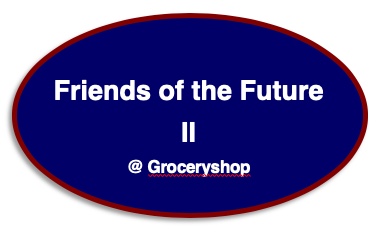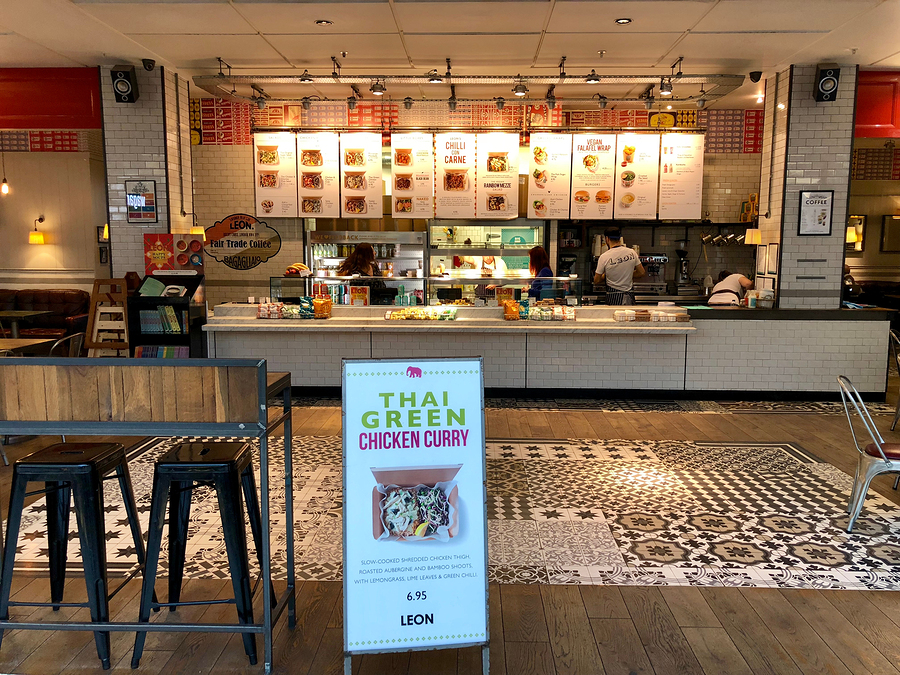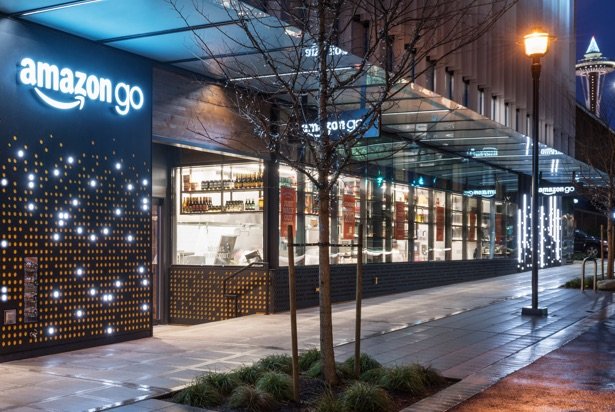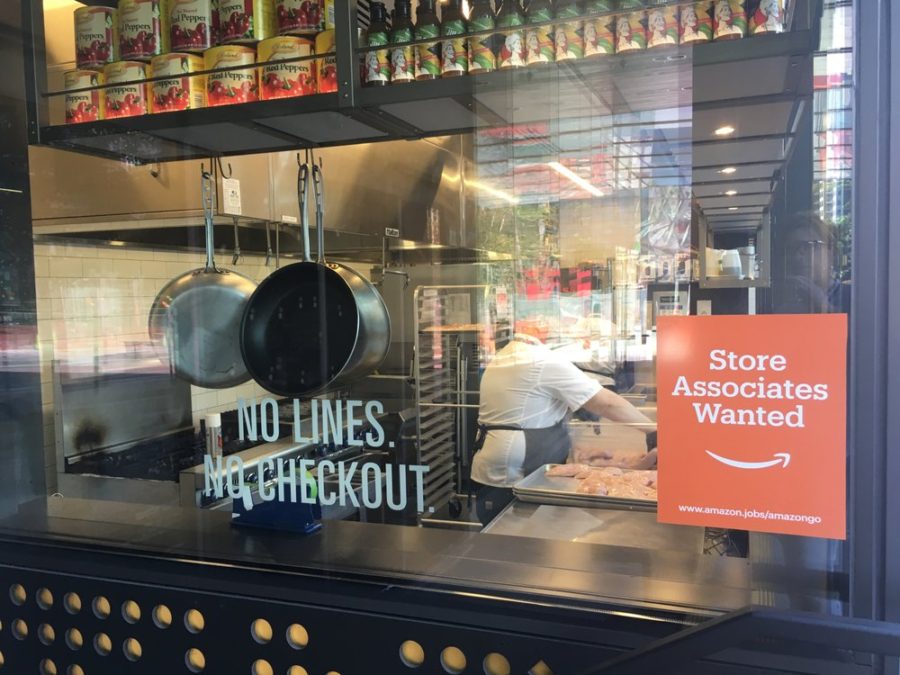Profile of refined strategy for brick and mortar
In today’s consumer-driven marketplace, staying ahead of food and lifestyle cultural swings, shopping behaviors and the significant sea changes they create, are the most important considerations to marketing strategy effectiveness. Failure to recognize and address these ongoing shifts can negatively impact brand relevance with core consumers.
Case in point: increased traction of e-commerce occurring in most product categories consumers’ value is causing a domino effect that will drive the future of successful retail strategy. Consumers are pushing harder on their preference for retail uniqueness, differentiation and memorable experiences. In the first of our two-part series we will look at implications of digital commerce to retail, and in part 2 we’ll peel the onion on what’s coming for CPG brands.
Home is where the heart, wallet and shopping reside
As consumer friction declines in e-commerce purchases and fulfillment, the inevitable move to online-ordering convenience will continue to grab share momentum. This trend is starting to amass a variety of ancillary impacts, such as consumer preference for the exceptional retail experience over the mundane. When the very definition of convenience to satiate needs transfersfromregional zones toarmchairs and screens in the family room, retail businesses are now being challenged to adjust their optics and embrace new cultural (read consumer) priorities sooner rather than later.
- This is an inevitable transition. In a recent report from Federal Express, the granddaddy of quick delivery is projecting e-commerce growth will double the number of packages shipped to 100 million per dayby 2026.
The point-and-click ease of fulfilling product ‘wants’ creates a companion outcome: less and less venturing out from the four walls of the residence. More in-home purchase and consumption of everything. More online comparison shopping. More emphasis on consulting consumer reviews. Along with this at-home shopping revolution is a declining tolerance for the routine hassles of destination shopping and the time requirements to drive, park and walk. How far will people be willing to go for a shopping experience that has nothing special to offer — what’s really going to pull them from that point-and-click simplicity?
Experience with the endless shelf of digital commerce will adjust expectations of ‘want it now’ and cause people to be less forgiving of retail out-of-stocks and more limited assortments. With it, the added value premium on exceptional in-store experiences goes up as anything that feels commodity-like will yield to the ease of electronic ordering.
Trends ahead and the emergence of micro-trading areas –
Consider the long-term impacts of the decline in car ownership (once a defining metaphor for personal financial success and independence), alongside the emergence of driverless delivery vehicles and drones. Distance-confining legs, scooters and bikes are increasingly common modes of urban transportation. Witness the explosion of online restaurant and ghost- kitchen prepared food delivery that jumps squarely on the never-have-to-leave-home bandwagon.
As retail shopping becomes increasingly commoditized, there is a growing consumer thirst for scarce and transcendent experiences, more personalization and meaningful relationships with retail banners that matter. This may play against the vanilla, conventional character of some chain store concepts that can feel derivative, common and maybe even a bit boring.
By definition, the chain model depends on consistency and mechanization to achieve operating efficiencies and the ability to replicate at scale. Is it possible to rethink the business paradigm to allow for different designs, footprints and merchandise collections more attuned to the community they serve?
As convenience gets a makeover, with it comes a premium on re-casting what a trading area looks like to smaller circles of proximity. Alongside this condition we observe the continued idealization of the “small town” as a colloquial, romantic reference point for aspirational lifestyles. In urban areas this puts an increasing premium on reflecting neighborhood character and shopping within walking distance.
In Chicago, a fair example of this is Andersonville, a northside city neighborhood known for its Clark Street shopping district packed with unique collectible stores, fashion boutiques, local restaurants – all walk-able within a three-block core. Stands to reason this ‘go smaller’ development favors shopping experiences that mirror the lifestyle characteristics and populace of the neighborhood.
For retail we see five implications for planning strategy:
- Increased pressure on the viability of destination shopping centers, as convenience is recast within shorter distances from home.
- The rise of smaller footprint store designs that align with neighborhood shopping areas.
- Emergence of retail concepts based on lifestyle experience more so than the traditional array of shelves and merchandise. Instead the attractions are ideas, emotion and guidance rather than pushing merch off fixtures (a twist on omni-channel commerce strategies).
- Recognition that the future is with those who work to build bonds and relationships beyond just stocking inventory at a price.
- Expect to see a host of novel ideas develop in service of more relevant lifestyle associations such as on-line dating brand Bumble and their wine bar café concept and Taco Bell’s new hotel.
- The bifurcation of omni-channel strategies to embrace exceptional experience that reside inside the retail store front while volume objectives are delivered online. How will this symbiotic hand-off work between high touch retail and digital convenience? Only the seamless survive.
Speaking of smaller footprint concepts, if people are increasingly food shopping for meals and menus more so than stock-ups, does it make sense to force them to search for 7 to 12 items in an 80,000 square foot maze? Can food shopping be made more fun and less of a navigational chore by specializing in what’s for dinner?
ALDI, a darling of grocery hard discount, recently announced an expanded test of their new “Local” store concept in the United Kingdom. The 6,000 square foot stores operate with 300 fewer SKUs than the normal ALDI. Proof that hard discount does not mean absence of insight, relevance and creativity.
Larger trend: ‘Extremeification’ of retail in America
Robinhood, the investment platform for non-one-percenters, recently reported examples of the growing bookends of success between the higher and lower ends of the retail spectrum — while the middle falls away. Restoration Hardware (RH) continues its relentless march towards further upscaling its retail roots. After recently posting a 7% gain in sales, RH stock shot up 25% on the related news of its new chic catalog concepts RH Beach House and RH Ski House. As well LVMH (Louis Vuitton Moet Hennessy) and Dollar General are celebrating record highs at the same time in their share prices.
Yoga pant purveyor Lululemon reports Spring quarter revenue of $782 million vs. its period forecast of $755 million, despite increased competition in its category. Last quarter profits hit a record $97 million. Hard discount and heavenly experience collectively show how disparate propositions that lean in heavily on their mission and ethos are advancing.
You have to stand for something — and go all in (go low or go high). In fact that’s really the message here. The future of retail belongs to the innovators who go deep on uniqueness and memorable experiences — which by definition requires focusing the concept and target audience appeal to a specific need and cohort. All things to all people is often a recipe for ambivalence.
Find your core, narrow your appeal, optimize your mission and go for it.
Looking for more food for thought? Subscribe to our blog.
Bob Wheatley is the CEO of Chicago-based Emergent, the healthy living agency. Emergent provides integrated brand strategy, communications and insight solutions to national food, beverage, home and lifestyle companies. Emergent’s unique and proprietary transformation and growth focus helps organizations navigate, engage and leverage consumers’ desire for higher quality, healthier product or service experiences that mirror their desire for higher quality lifestyles. For more information, contact [email protected] and follow on Twitter @BobWheatley.






